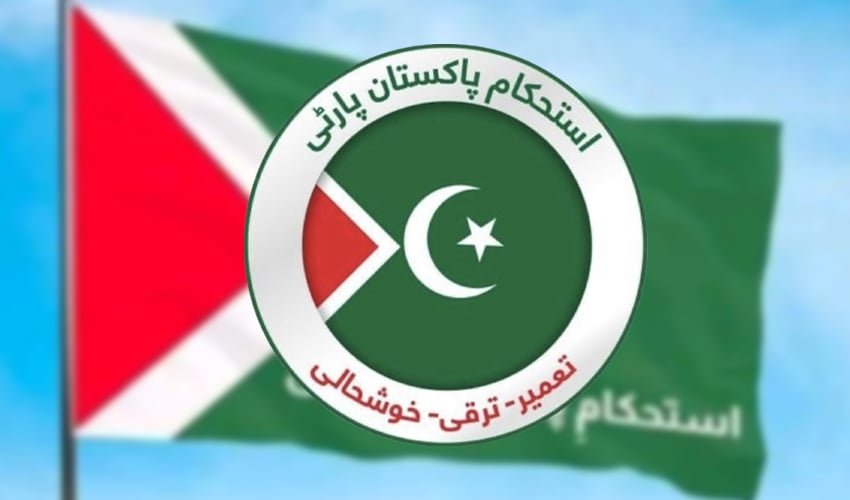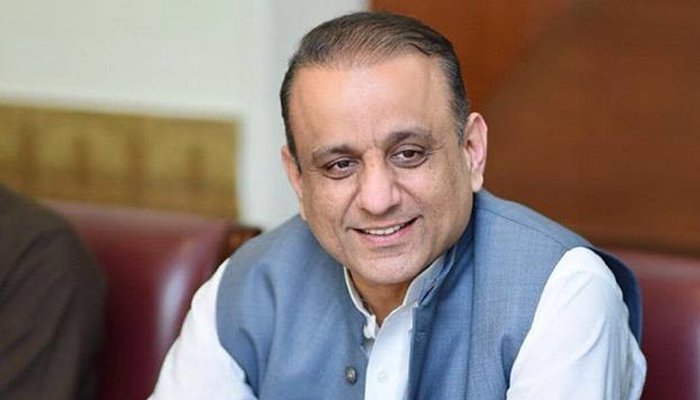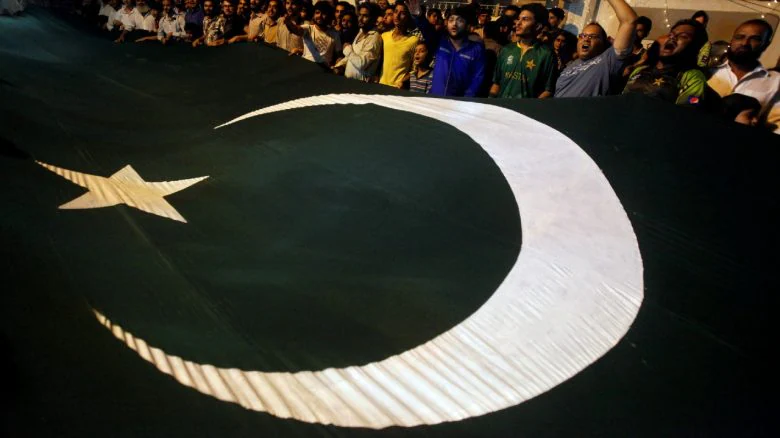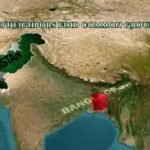The debate over the creation of new provinces in Pakistan is not new. For decades, it has resurfaced again and again, whenever questions of governance, service delivery, and regional inequalities have been raised. With a fast-growing population of more than 240 million and a large geographic spread, it is becoming increasingly difficult for only four provinces to effectively cater to the diverse needs of people.
- The Case for New Provinces
- Concerns and Challenges
- Legal and Constitutional Hurdles
- IPP’s Proposal in 2025
- Global Lessons for Pakistan
- The Way Forward
- Conclusion
- The author Anum Malik, is affiliated with the State News Agency and contributes her research to the think tank, CDS.
- *The views and opinions expressed herein, and any references, are those of the author and do not necessarily reflect the editorial policy of the Centre for Development and Stability (CDS).
The question is simple: Should Pakistan continue with its current provincial structure inherited from the British era, or is it time to redraw boundaries for better administration and fairer resource distribution?
Recently, this debate once again made headlines when the Istehkam-e-Pakistan Party (IPP), led by Federal Minister Abdul Aleem Khan, formally called for the creation of new provinces. According to the proposal, each existing province i.e., Punjab, Sindh, Khyber Pakhtunkhwa (KP), and Balochistan, should be divided into North, Central, and South regions. While the names and historical identities of provinces can remain intact, this administrative division, the party argues, is essential for modern governance.
The Case for New Provinces

- Administrative Efficiency
Pakistan’s current provincial set-up is too large and unwieldy. Punjab alone has a population of more than 120 million, greater than many countries in the world. For a citizen in Rahim Yar Khan or Rajanpur, the provincial capital Lahore is almost 700 kilometers away. Similarly, people in interior Sindh or remote Balochistan must travel hundreds of kilometers to reach Karachi or Quetta. This makes access to courts, secretariats, and public services extremely difficult. Smaller provinces would bring government closer to the people, cutting down travel time, reducing bureaucracy, and improving efficiency. - Better Representation
Many districts in Pakistan feel neglected because provincial governments are often dominated by elites from major cities. For example, South Punjab has long complained about being ignored in resource distribution. The creation of new provinces would allow these areas to have their own assemblies, budgets, and development priorities. This could help heal grievances and promote inclusiveness. - Equitable Development
Most underdeveloped regions of Pakistan such as Southern Punjab, interior Sindh, tribal areas of KP, and peripheral districts of Balochistan rank lowest on the Human Development Index (HDI). They lack hospitals, schools, roads, and basic services. By granting them provincial status, development funds can be more directly allocated, ensuring resources are not absorbed by larger cities alone. - Strengthening the Federation
Critics often argue that new provinces would weaken the federation. But history and global examples show the opposite. India, Nigeria, and Ethiopia have all created new administrative units to improve governance. By addressing local grievances, smaller provinces can actually strengthen Pakistan’s unity, because citizens would feel their voices are being heard.
Concerns and Challenges

However, the idea is not without controversy. Many political actors and analysts express strong reservations:
- Ethnic and Linguistic Tensions
Pakistan is already an ethnically diverse country. Some fear that creating provinces on ethnic or linguistic lines will fuel separatism rather than unity. For example, a “Saraiki province” in South Punjab or a “Muhajir province” in Karachi could open the door for identity-based politics, which may cause friction between communities. - Resource Distribution
New provinces mean new budgets, new civil services, and new administrative infrastructure. In a country where resources are already limited, this could create new disputes over water, energy, and financial allocations. Provinces may end up competing rather than cooperating. - Political Resistance
Many ruling elites, particularly in Lahore and Karachi, oppose the idea of provincial division because it reduces their influence. For decades, the debate has remained political rhetoric rather than practical action. Without a broad national consensus, the move could deepen political instability.
Legal and Constitutional Hurdles
Article 239 of Pakistan’s Constitution requires a two-thirds majority in both houses of Parliament, along with approval from the concerned provincial assembly, to create a new province. This makes the process extremely complicated in Pakistan’s fractured political landscape.
IPP’s Proposal in 2025

In August 2025, the Istehkam-e-Pakistan Party (IPP) formally passed a resolution demanding the creation of new provinces. The proposal is significant because it goes beyond rhetoric and provides a clear plan:
- Each of the four provinces should be divided into three regions: North, Central, and South.
- The original names and identities of provinces (Punjab, Sindh, KP, Balochistan) should remain intact.
- New provinces should have their own High Courts, Chief Secretaries, and Inspectors General of Police.
- The aim is to bring services closer to the people, reduce travel distance to provincial headquarters, and make government more accessible.
- Metropolitan cities like Lahore and Karachi could be designated as independent administrative units similar to Islamabad, given their population size and economic importance.

Abdul Aleem Khan, while chairing the party’s central committee meeting, stressed that this is no longer a matter of choice but a necessity. He argued that rapid population growth has already made the existing system unworkable. Citizens cannot be forced to travel long distances just to get basic services. The creation of new provinces, according to him, would be a milestone for national stability, economic growth, and public relief.
Global Lessons for Pakistan
Countries across the world have successfully managed population growth and governance challenges by creating more administrative units:
- India: Started with 14 states in 1947, but today has 28 states and 8 union territories. Most of these divisions were created to improve governance, not weaken unity.
- Nigeria: Increased its regions from 3 to 36 states to ensure ethnic and regional balance.
- Ethiopia and South Africa: Reorganized provinces to better represent diverse communities and make services more accessible.
These examples show that more provinces, if created with proper planning, do not necessarily fuel separatism. Instead, they can ensure better governance and stronger unity.
The Way Forward

For Pakistan, the creation of new provinces should not be rushed or politically manipulated. A gradual, phase-wise approach is essential:
- National Dialogue
Political parties, civil society, and provincial assemblies must be taken into confidence. Without consensus, the move will remain controversial. - Administrative, Not Ethnic Basis
Provinces should be created based on administrative needs, population, geography, economic viability, and development requirements not merely ethnicity or language. - Pilot Provinces First
Pakistan could begin by creating South Punjab province, which already has broad public support, before moving to other regions. This will provide a test case. - Strong Local Governments
Provinces alone will not solve governance problems unless local governments are empowered. Cities, towns, and districts must be given authority and resources. - Clear Roadmap
A detailed roadmap addressing financial allocations, water distribution, civil services, and legal structures is critical before implementation.
Conclusion
The creation of new provinces in Pakistan is no longer just an academic debate. It has become a practical necessity in the face of rapid population growth, administrative challenges, and regional imbalances. At this time, the demand voiced by the Istehkam-e-Pakistan Party (IPP) has once again brought the matter to the center of national politics.
While challenges of ethnicity, resources, and political consensus remain, ignoring the issue will only deepen frustration and alienation in neglected regions. Pakistan must learn from global experiences and approach the matter with wisdom, inclusivity, and a long-term vision.
If done right, new provinces can strengthen the federation, promote unity, and bring the government closer to the people. If mishandled, however, they may open new wounds in an already divided society.
The choice, therefore, lies in whether Pakistan treats this as another slogan for political gain or as a serious reform for a stronger, more equitable future.



